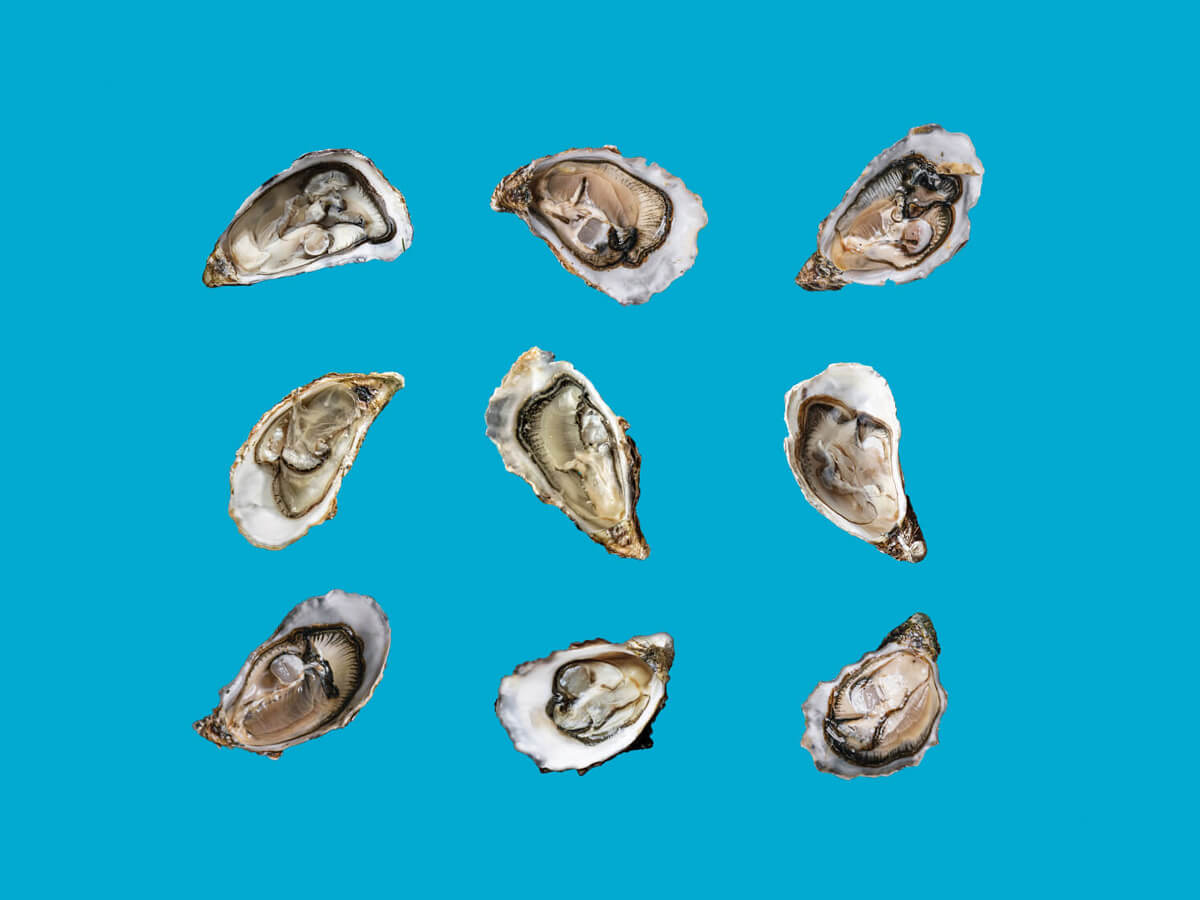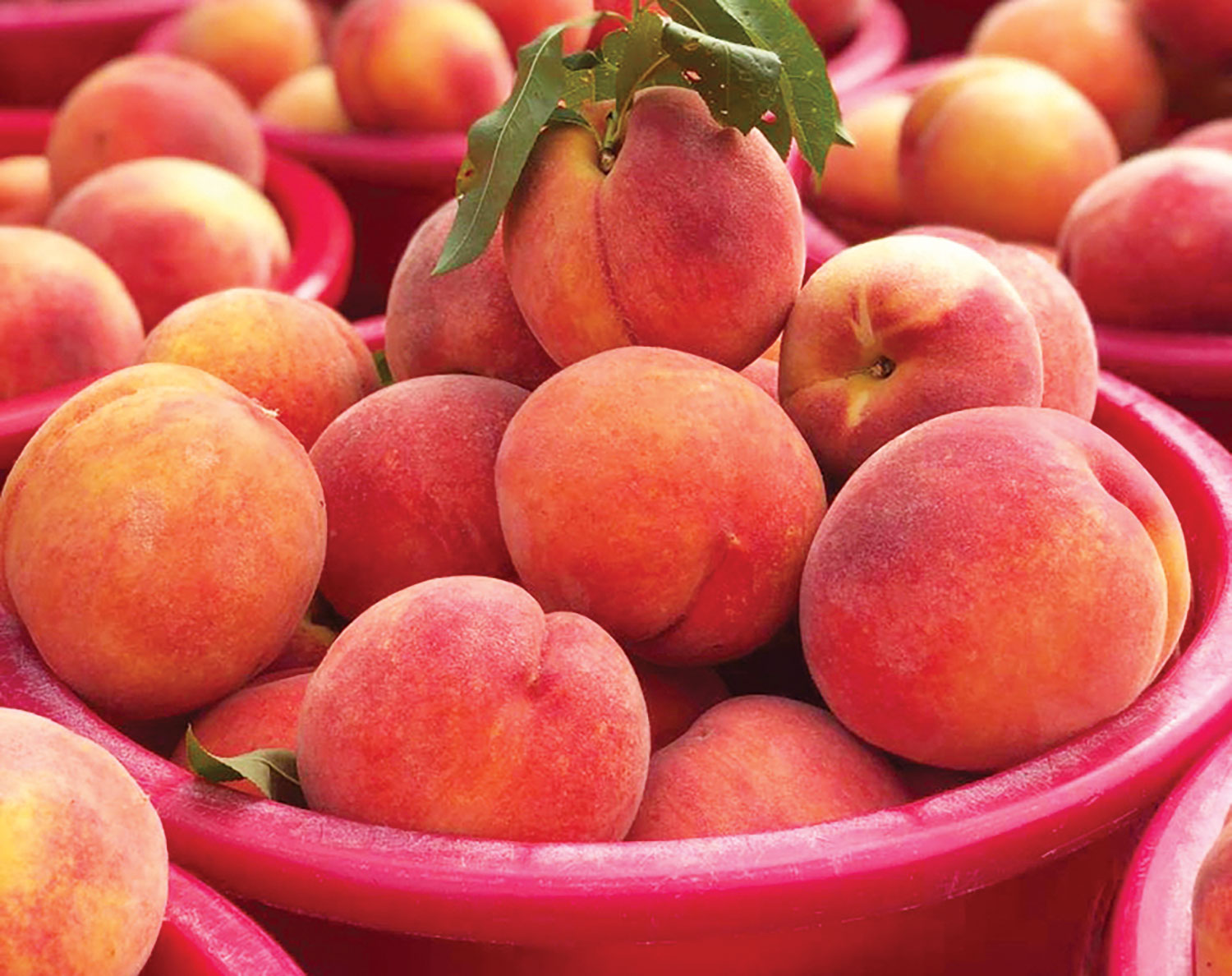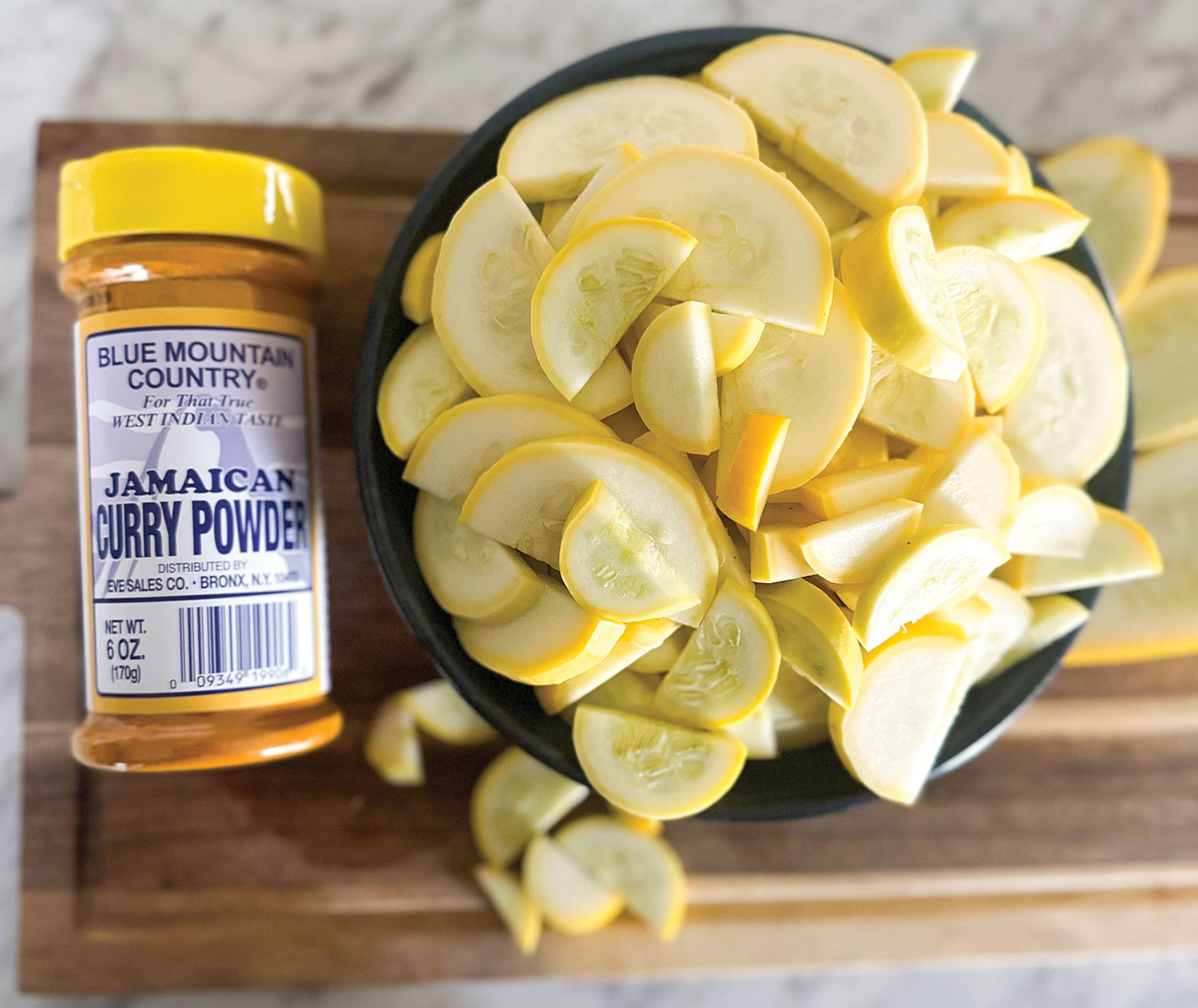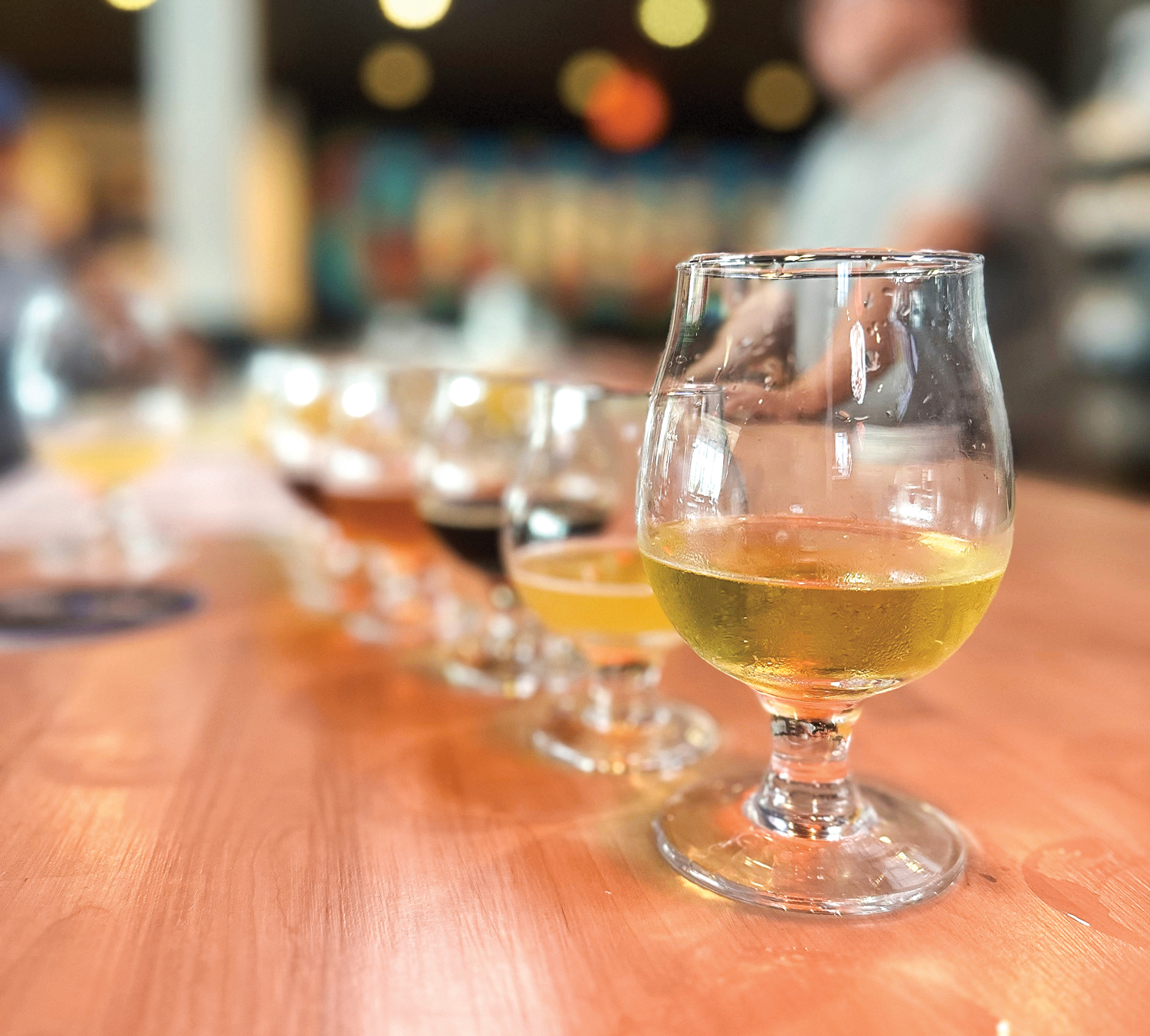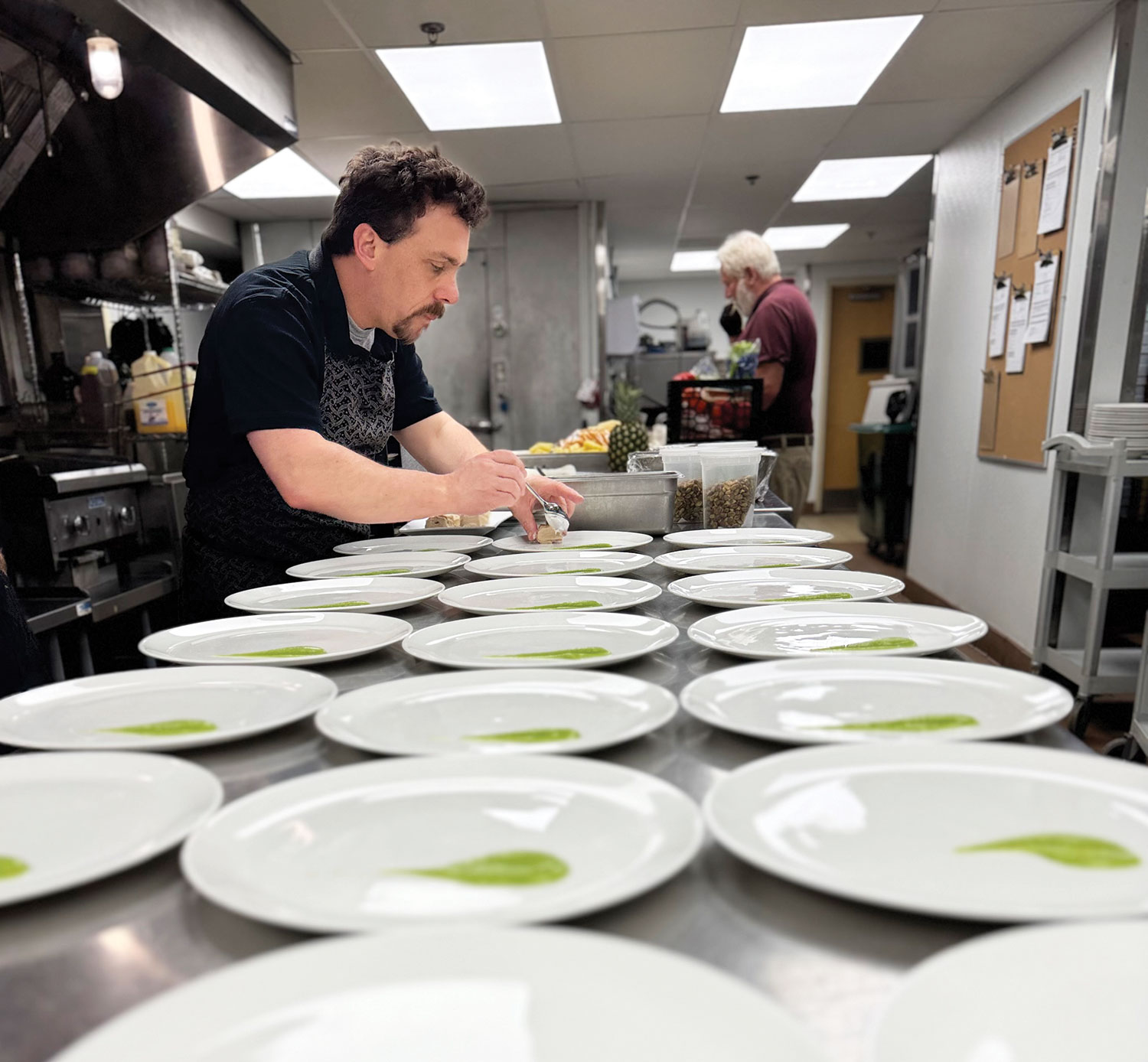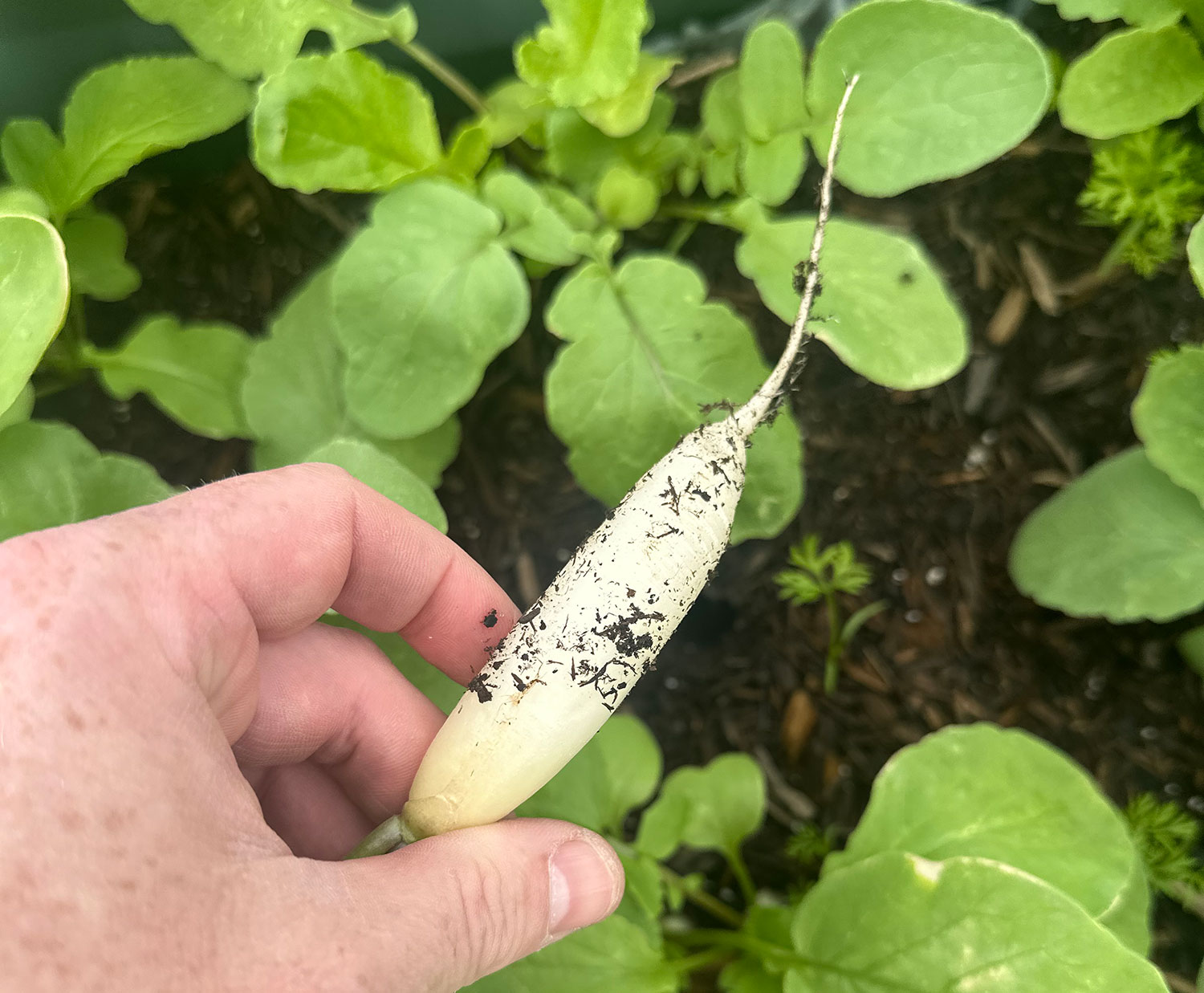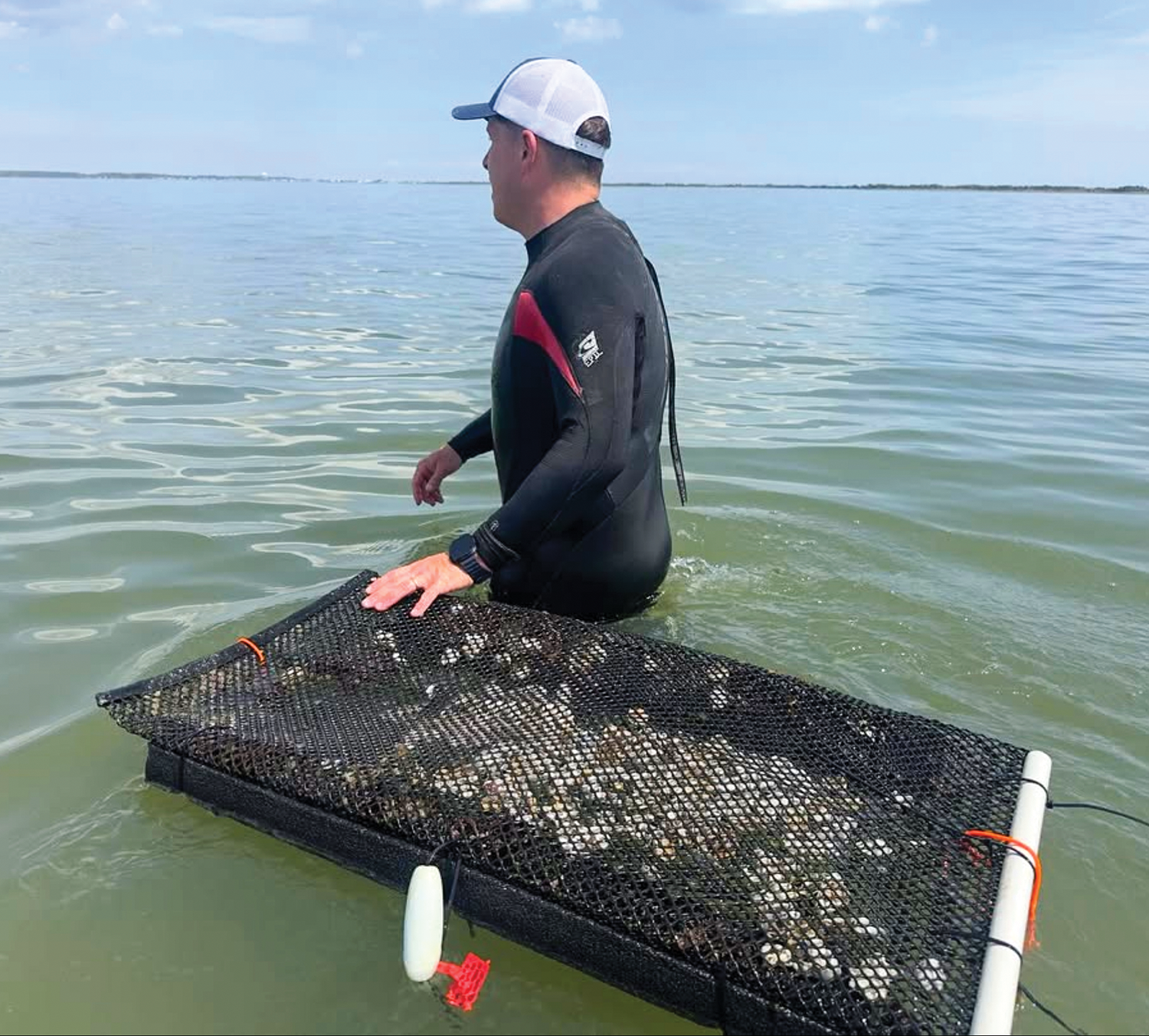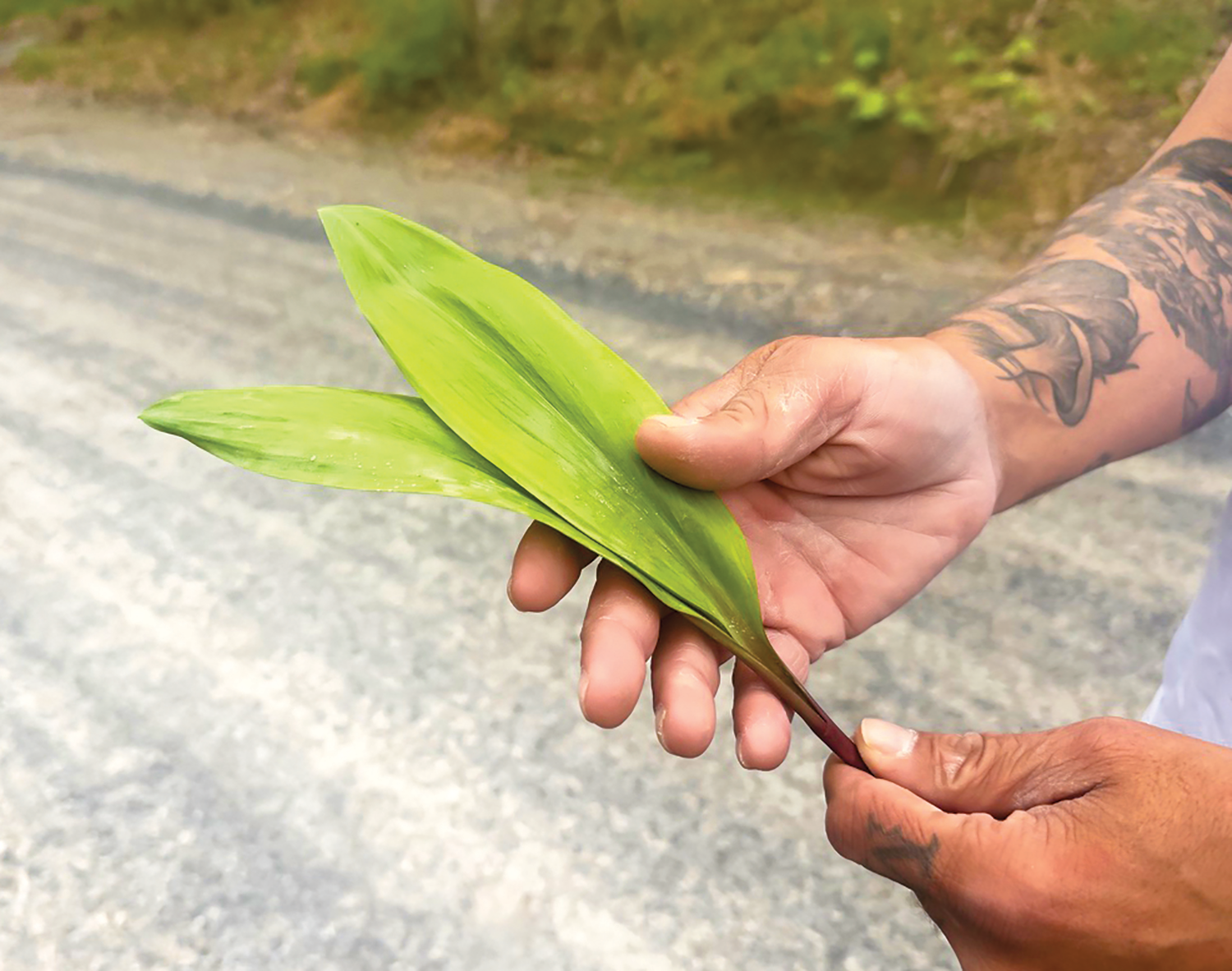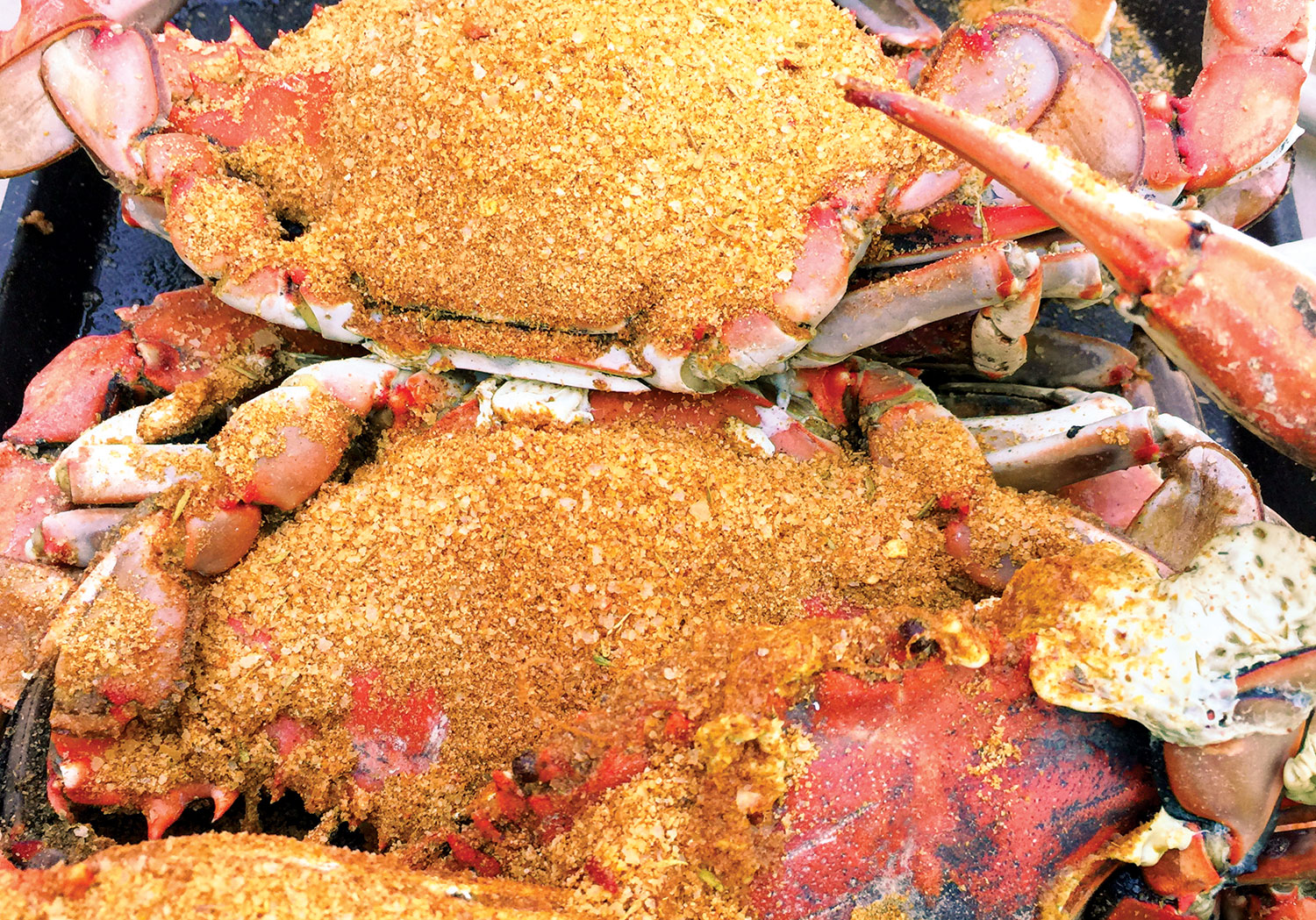When contemplating the landscape of southern Delaware, your mind might drift toward the picturesque knee-high corn and surrounding rural farmland. However, it is the area’s natural, unspoiled beaches, Atlantic Ocean and bays that hold a special place in many hearts and stomachs. As a food-obsessed chef, seafood is a particular passion of mine and our proximity to water makes satisfying those cravings an almost inescapable endeavor. Local seafood restaurants are often bustling, as are the seafood markets. I am a fan of The Henlopen City Oyster House, which does an excellent job of serving fresh, well-prepared meals. Recently, I’ve become enamored with my friend Chef Sean Corea’s newly formed Lewes Oyster House.
Fresh oysters are not the first locally sourced menu item I immediately associate with Delaware seafood, but an important one nonetheless. Oysters were once a thriving industry in the Delaware waterways, but overfishing, disease and pollution led to their decline in the late 20th century. The Delaware Bay was once one of the most productive oyster habitats on the East Coast, with a history of oyster harvesting dating back to Native American tribes. By the mid-20th century, the oyster population had declined, and in the late 1950s, a parasitic disease known as MSX — not harmful to humans — wiped out much of what was left of the population.
“Oysters were once a thriving industry in the Delaware waterways, but overfishing, disease, and pollution led to their decline.”
In recent years, however, there has been renewed interest in restoring the oyster population in the Delaware Bay. It is slowly making a comeback, thanks to the efforts of scientists, environmentalists and local fishermen. One group leading the effort to restore the oyster population is the Partnership for the Delaware Estuary, a nonprofit organization working to improve the health of the Delaware River and Bay. The partnership has launched several initiatives to restore oyster reefs in the bay and has worked with local fishermen to promote sustainable harvesting practices. Researchers at the University of Delaware have developed a method for growing oysters that is more efficient and sustainable than traditional methods. The new technique involves suspending the oysters in cages placed in the water, rather than allowing them to grow on the bottom of the bay. This reduces the risk of disease and predation and makes harvesting easier.
Local fishermen and oyster farmers play a crucial role in the restoration of the oyster population by adopting new harvesting practices that are more sustainable. Some fishermen are also growing their own oysters in cages, which allows them to control the quality and size of their crop. You can even purchase these oysters directly from the source, such as the Rehoboth Bay Oyster Company, which has more than 400,000 oysters in local waters.
Despite these efforts, the bay is still polluted, and it will take time for the oysters to fully recover. However, there are signs of progress. According to the Partnership for the Delaware Estuary, the oyster population in the bay has increased by 20% in recent years, and oyster reefs have been successfully restored in some areas.
The return of the oyster industry to the Delaware waterways is not only good news for the environment but also for the local economy. Oysters are a high-value commodity, and the restoration of the industry could create new jobs and economic opportunities. Oysters are a keystone species in the ecosystem, and their presence has a significant positive impact on the waters in which they live. One of the most important benefits of oysters is their ability to act as natural filters that remove pollutants from the water, thus helping to improve water quality and support the health of other marine life.
In addition to their filtration capabilities, the complex reef structures oysters create provide a home for crabs, fish and invertebrates and act as a buffer against waves and tides, reducing the impact of storms and protecting shorelines from erosion.
As the oyster population continues to recover, it is important that efforts to restore the ecosystem continue. The health of the Delaware Bay and the oyster industry are interconnected, and by working to improve the bay’s health, we can ensure a sustainable and delicious future.
Delaware Oyster Stew
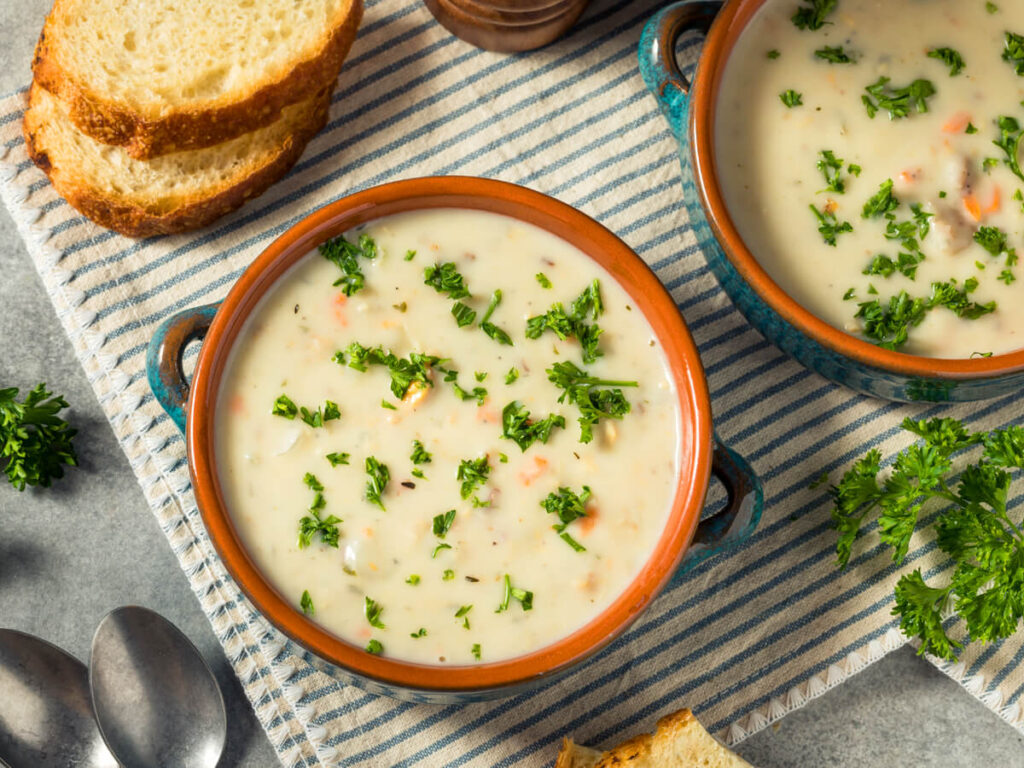
Makes 4 cups
- 12 ounces whole milk
- 4 ounces half-and-half or heavy cream
- 1/2 teaspoon Kosher salt
- 1/4 teaspoon white pepper
- 2 sheets dried kombu seaweed
- 4 tablespoons unsalted butter
- 16 ounces shucked oysters, liquor included
- 1 teaspoon Worcestershire sauce
- 2 teaspoons white soy sauce
- 2 dashes Tabasco
- finely sliced fresh chives
➊ Place milk, cream, salt, pepper and kombu in a medium saucepan.
➋ Warm over medium-low heat, stirring regularly, just until hot
(about 10 minutes). Do not boil.
➌ In a separate skillet, melt butter over low heat. Add the oysters,
liquor, and Worcestershire sauce. Sauté until the edge of the oysters
just begin to curl (2-3 minutes).
➍ Transfer the oyster mixture to the pot of milk and cook over
medium-low heat for about 2 more minutes. Do not boil.
➎ Ladle soup into bowls and garnish with chives and serve.

